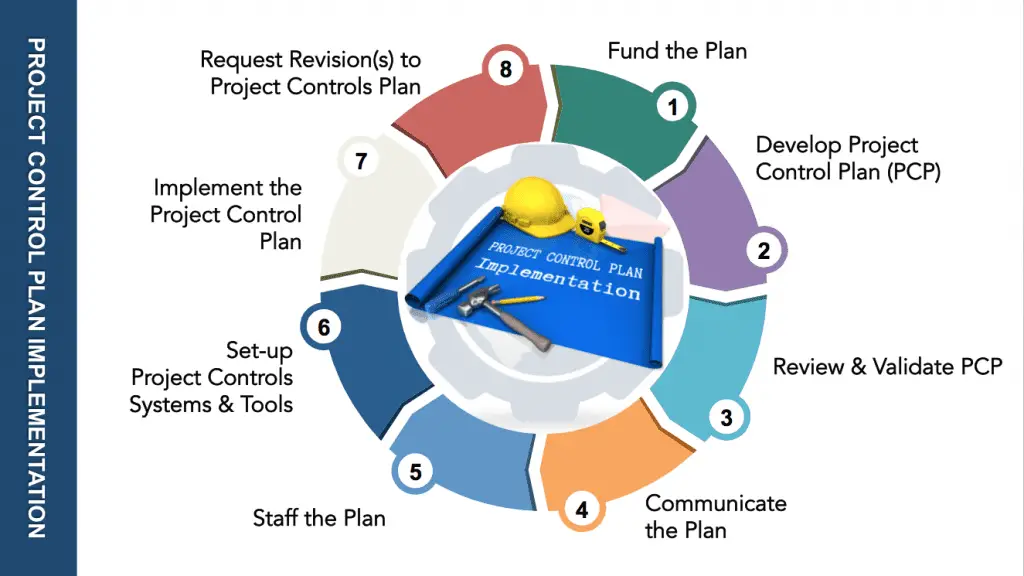Understanding and Implementing Design Systems

Definition and Purpose:
A design system is a comprehensive collection of reusable design components, guidelines, and documentation that establish a consistent user experience across all digital platforms of an organization. It includes elements such as colors, fonts, buttons, navigation patterns, and content structure. By promoting consistency, efficiency, and scalability, design systems play a crucial role in enhancing the user experience and facilitating collaboration within design teams.
Benefits:

- Consistency: Ensures a uniform and coherent brand experience across multiple channels.
- Faster Time-to-Market: Reusing pre-approved design elements accelerates the design process.
- Improved Collaboration: Provides a shared language and visual vocabulary for design teams.
- Scalability: Supports evolving product offerings and growing user bases.
- Reduced Maintenance Costs: By centralizing design decisions, organizations can reduce the effort required to maintain design consistency.
Components of a Design System:

- Style Guide: Defines color palettes, typography, iconography, and other visual elements.
- Pattern Library: Includes reusable UI elements such as buttons, menus, and forms.
- Documentation: Outlines design principles, best practices, and usage guidelines.
- Governance Model: Establishes roles and responsibilities for developing and maintaining the system.
Implementation Process:
- Discovery and Planning: Conduct user research, analyze existing designs, and define the design system’s scope.
- Design and Development: Create design components and document the guidelines.
- Stakeholder Buy-in and Adoption: Socialize the system with stakeholders and ensure widespread adoption.
- Continuous Maintenance and Evolution: Monitor usage, gather feedback, and evolve the system based on user needs and industry trends.
Tips for Effective Implementation:
- Involve Design and Engineering Teams: Collaborate closely to ensure alignment between design and implementation.
- Establish Clear Governance: Define roles, responsibilities, and decision-making processes.
- Foster a Culture of Usage: Encourage designers and engineers to embrace the system.
- Provide Continuous Training and Support: Educate users and answer questions to ensure adoption.
- Monitor and Measure Success: Track usage metrics and gather feedback to assess the effectiveness and make improvements.
By understanding and implementing design systems, organizations can enhance the user experience, streamline design processes, and achieve better collaboration and scalability.## Understanding And Implementing Design Systems
Executive Summary
Design systems empower organizations to achieve consistency, efficiency, and innovation across digital products. They provide a comprehensive set of reusable components, guidelines, and processes, enabling teams to expedite the design and development process while upholding brand identity. Implementing a design system requires a thoughtful approach that involves defining clear goals, establishing a governance model, and fostering collaboration among stakeholders. This article explores the intricate aspects of design systems, their transformative power, and strategies for successful implementation.
Introduction
As the digital landscape continues to evolve at an unprecedented pace, organizations face mounting challenges in delivering exceptional user experiences across multiple platforms. Design systems emerge as a potent solution to address these challenges, streamlining the design and development process while ensuring consistency and cohesiveness. This comprehensive guide will provide you with a deep understanding of design systems and equip you with the insights necessary to leverage their transformative power effectively.
5 Foundational Pillars of Design Systems
1. Reusable Components
- Component Libraries: Centralized repositories of reusable UI elements, reducing redundancy and promoting consistency.
- Code Libraries: Collections of reusable code snippets that define the behavior and appearance of components.
- Style Guides: Comprehensive documentation that defines typography, color palettes, iconography, and other design guidelines.
- Pattern Libraries: Catalogs of pre-built design patterns that address common user interface challenges.
2. Design Principles
- Accessibility: Ensuring all users, regardless of abilities, can access and use digital products.
- Consistency: Maintaining a uniform user experience across different platforms and devices.
- Clarity: Presenting information in a straightforward and easily understandable manner.
- Efficiency: Optimizing workflows and minimizing development time through reusable components.
3. Collaboration
- Cross-functional Involvement: Engaging designers, developers, and product managers in the design system’s development.
- Centralized Communication: Establishing a dedicated platform for sharing updates, discussing design decisions, and providing feedback.
- Governance Model: Implementing formal processes for reviewing, approving, and updating the design system.
4. Documentation
- Usage Guidelines: Detailed instructions on how to use and implement the design system effectively.
- Changelogs: Maintaining a record of updates and enhancements to ensure stakeholders are informed.
- Design System Wiki: A comprehensive knowledge base that serves as a central repository for all design system documentation.
5. Adoption and Governance
- Stakeholder Engagement: Regularly communicating with stakeholders and gathering their feedback to drive adoption and ensure alignment.
- Training and Onboarding: Providing comprehensive training to equip teams with the knowledge and skills to leverage the design system.
- Metrics and Analytics: Tracking key metrics to monitor the usage and effectiveness of the design system.
Conclusion
Design systems have emerged as a transformative force in the digital design landscape, empowering organizations to achieve consistency, efficiency, and innovation at scale. By embracing the principles outlined in this guide, you can unlock the full potential of design systems and elevate your organization’s digital products to new heights.
Keyword Phrase Tags
- Design Systems
- Digital Product Design
- Design Consistency
- Agile Development
- User Experience Optimization

Amazing article! Design systems are a game-changer for any organization looking to improve the consistency, efficiency, and communication of their design process. I have seen firsthand how a well-implemented design system can help teams to work more effectively and deliver better results.
Design systems are a waste of time. They stifle creativity and innovation. I would rather have the freedom to design whatever I want, whenever I want.
The author of this article has made a number of incorrect assumptions about the benefits of design systems. In reality, design systems can actually lead to increased inconsistency, decreased efficiency, and communication problems.
So, you’re telling me that design systems are the key to creating consistent and cohesive user experiences? That’s ironic, because I’ve never seen a design system that was actually used consistently.
Oh, wow! Another article about design systems. How original. I’m sure this one will be just as boring and useless as all the others.
I love design systems! They’re like a big puzzle, and I love putting all the pieces together to create something amazing. Plus, they make my job so much easier.
I’m curious about how design systems can be used to improve communication between designers, developers, and other stakeholders. Can you give me some specific examples?
I’m not convinced that design systems are worth the effort. They seem like a lot of work to implement and maintain, and I’m not sure if they actually provide any real benefits.
I’m optimistic about the potential of design systems. I think they have the potential to revolutionize the way we design and develop software.
I think design systems are a good idea in theory, but they can be difficult to implement in practice. I’ve seen a lot of design systems that end up being ignored or used inconsistently.
Oh, great! Another design system to add to the pile of unused resources. I’m sure this one will be just as successful as all the others.
I love design systems! They’re like a big box of Legos, but for designers. I can use them to build anything I want!
I’m curious about how design systems can be used to improve the efficiency of the design process. Can you give me some specific examples?
I’m not convinced that design systems are worth the effort. They seem like a lot of work to implement and maintain, and I’m not sure if they actually provide any real benefits.